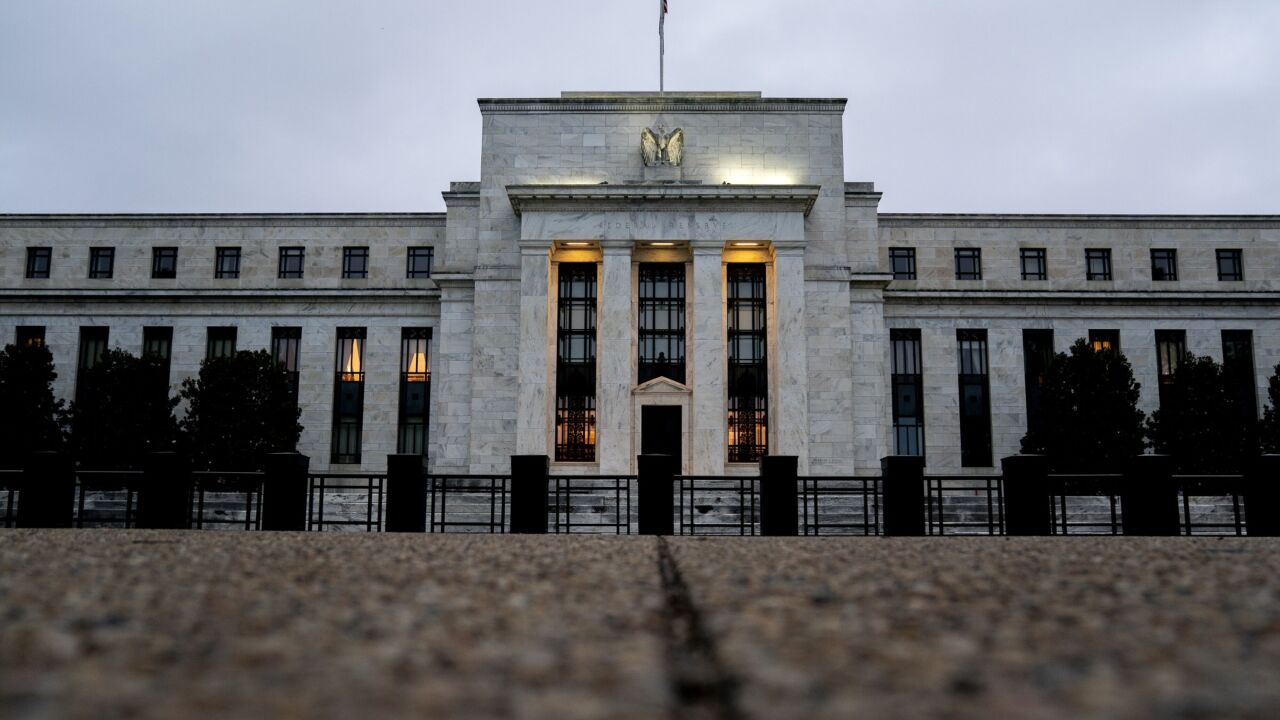Metris CEO Zebeck runs a company rich in growth and profits by lending to people of modest means.
Ronald Zebeck speaks with a swagger. And well he should. His Metris Cos. is the most consistently profitable of the nation’s mid-sized banks. Metris specializes in lending to people with modest incomes, in the neighborhood of $25,000 a year. It’s a tricky businessmany others who try it fail. But Metris has the formula down pat.
The company is a spin-off of the Fingerhut catalog concern, which targetted lower-income people, charging extremely high prices, fees and interest rates, but giving them credit when others wouldn’t.
Recently, the Comptroller of the Currency ordered Metris to pay $3.2 million in restitution to 62,000 customers whom, the Comptroller says, were misled into accepting cards with higher fees than they were led to believe.
CEO Zebeck dismisses the charges as no more than an "interpretive" issue, and when asked if the OCC’s action had hurt the company, Zebeck noted that the company’s stock had risen $2 since the regulator’s order. "Maybe the OCC should come after us more often," says Zebeck.
Though its typical card holder earns much less than most credit card users, Zebeck adamantly rejects the label of subprime lender. "We’re not really interested in people with damaged credit. We want the folks who are just emerging into credit, people with limited bankcard credit histories," he says.
Zebeck is unapologetic about his market. "We go after those customers who are not on the radar screen of the big card companies," he says. People need credit cards, "they are more than just a convenience."
Metris, which started in business in 1994, has grown to the 11th largest bankcard issuer in the nation. Its return on average equity last year was 25.69%, and its growth in per-share earnings was almost 300%. It is No. 2 on this year’s U.S. Banker ranking of the most profitable of the nation’s mid-size banking companies. And, unlike Silicon Valley Bancshares, which took the No. 1 spot, Metris is likely to stay at the very top of the league. Zebeck says there’s plenty of room for growth.
"We have 11 million customers, but 40 million people in our databasethat’s our target audience, what we call our power alley," says Zebeck, who has worked in the credit card business for Citibank, where he spent 10 years, Advanta, and General Motors.
"At GM, we had to learn to service cards for the folks with the Chevys and those with the Cadillacs. I learned a lot about the different markets," says Zebeck.
But might Metris’ growth and profitability be stymied by an economic slowdown?
Zebeck says he’s not worried. "We’re already in a slowdown," he says, adding that for the typical Metris card holder losing a job can be less of setback than it might be for someone earning much more. "If you’re making $60,000 and lose your job, it’ll probably be harder to find a comparable paying position than if you’ve just lost a job paying half that," he says.
Loan losses have remained steady over the years, he says. In any case, says Zebeck, the losses would be half what they are "if our target customers were convenience users (people who pay off their bills every month and never incur finance charges), which they aren’t."
Metris aims to keep customers from abandoning the company as they build a good credit history by providing automatic rate reductions for prompt payers, Zebeck says. For every six months of on-time payments, Metris will cut the annual percentage rate by one point.
Michael Smith, a Metris spokesman, says "we want to build a long-term relationship with our customers." He claims that Metris discovered the customers it serves and "we don’t want them leaving to join someone else."
Based in Minnetonka, MN, Metris has 4,200 employees. It started in 1994 as a wholly owned subsidiary of Fingerhut Cos., a catalog marketer (now owned by Federated Department Stores) with a reputation for selling overpriced merchandise to low-income people. Metris used the catalog company’s database of customers as a jumping off point in building a card company. It was spun off by Fingerhut in 1998. Metris issues secured and unsecured credit cards through its subsidiary, Direct Merchants Credit Card Bank.
The company is making headway developing complementary lines of business, what it calls its "enhancement" services. Included in these offerings are extended warranties on home electronics and appliances and credit "protection" plans for cardholders who lose their jobs. Consumer advocates contend that such offerings are usually not a good value, but Zebeck says the products suit the needs of the typical Metris card customer.
Metris has deals with such major banking companies as Citigroup, JPMorgan Chase and FleetFinancial Corp. to offer these ancillary services. Metris’ enhancement business produced $266 million in revenue last year, up from $175 million in 1999.
Last year, Metris acquired the bankcard program of Banco Popular North America, building on the card issuer’s strategy to raise its profile in the Hispanic population. With the acquisition, Metris gained 184,000 card accounts. Hispanics make up 12% of the country’s population, and that percentage is expected to grow to between 15% and 17% over the next 10 years. "Our commitment to the Hispanic market is just one of the ways we are pursuing our niche-based strategy," says Zebeck.
In 2000 the company mailed out 85 million card solicitations, "which is not a lot by many standards," notes Zebeck. [Credit card companies mailed a total of 3.5 billion solicitations in 2000.] The mailings produced a million new card customers, about double the average response rate of 0.6% for all card issuers.
"Our target customer base has fewer credit relationships than the customers for the rest of the industryabout 2.4 relationships compared with 9.8. So when someone gets a piece of mail from us, they’re more likely to open it," says Zebeck.
As noted, Zebeck has got the formula down pat.





